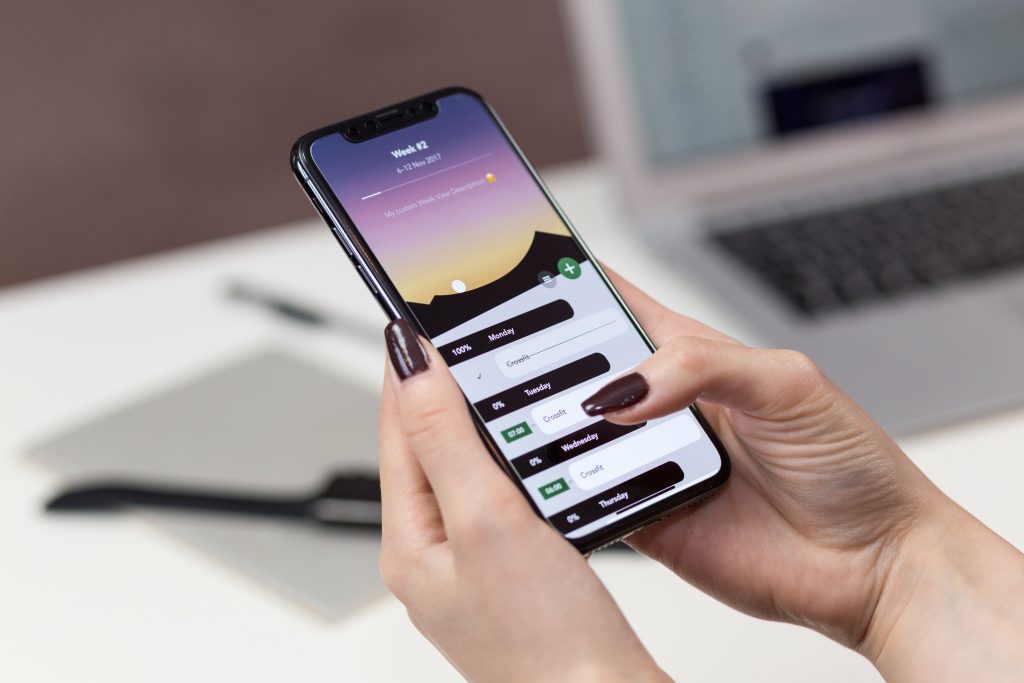The reasons for the disappearance of the Blackberry
A Brief History of BlackBerry Success and Failure
BlackBerry was founded by Canadian company Research in Motion (Rim) in 1984. Its first product, the BlackBerry, was a portable computer that stored data on a small disk. The device was developed for business users and provided a mobile platform for email services, which were limited at the time. It was the first truly wireless device and was followed by the BlackBerry cordless phone.
In 1995, Research In Motion released the first model of what would become a respected line of wireless messaging devices. This device, called the “BlackBerry”, used infrared technology to send and receive electronic communications through what is now known as Short Message Service (SMS). It was this device that helped RIM take off in the wireless market.
In 1998, RIM launched the first model of what was to become a widely used line of mobile phones.
In 1999, Research in Motion introduced the BlackBerry Pearl. In 2001, it introduced its first BlackBerry smartphone, the BlackBerry 8700. The company has since launched a series of successful smartphones and services for desktop and mobile users.
In 2001, RIM was able to release this device with its unique form factor (the “T-mobile Sidekick”) that allowed users to easily sync data between their phone and PC.
In 2002, RIM sold its first smartphone to AT& the “Blackberry 8700”. It was this device that would help propel the company into a new era with the release of the “Blackberry Storm” in 2005. In 2007, RIM launched the “Q” series of smartphones.
In January 2015, Research In Motion announced that it would no longer manufacture BlackBerry devices, but would instead license the brand to Chinese company TCL Corporation.
The end of smartphones and the beginning of tablets
The phones were popular and helped make Blackberry famous, but the company’s profits declined in 2009. Similar to the situation above, in 2010 Blackberry released the “Blackberry Playbook”. The tablet featured a variety of popular apps and was praised by consumers. The device competed with Apple’s iPad 2, which was released six months earlier in March 2010. In 2011, RIM announced that it would stop producing the Blackberry Curve and soon after it would suffer a loss without 3 years previous.
Lessons from failed PR campaigns:
- the campaign had to change the company’s image;
- the company was in dire straits and needed a public relations overhaul;
- the campaign was not handled properly and the image of the company did not change – the company did not have a clear strategy on how to handle the PR campaign and this led to the failure ;
- the company did not have the time or resources to properly undertake the public relations campaign;
- the image of the company was too convoluted and needed to be simplified – The quality of the product was not high enough;
- the company’s CEO didn’t care about the campaign;
- public relations could have been handled better and public relations professionals should have been involved in the management of the campaign;
- the public image of the company must be managed in order to preserve the integrity of the company.
The article Reasons for the disappearance of the Blackberry appeared first on Androidandyou.com.

